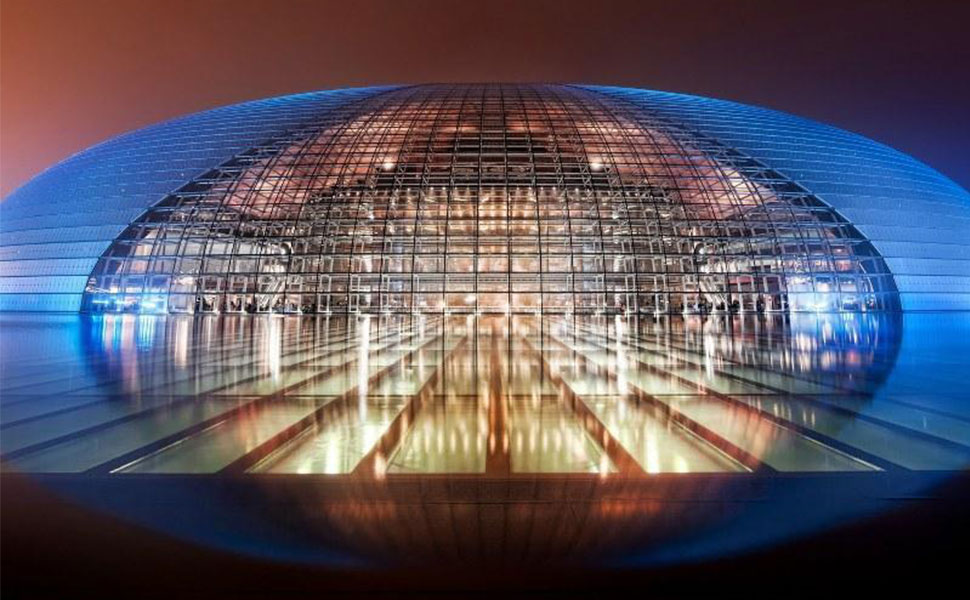Color-coated steel sheets are eco-friendly building materials. Choosing the right type, using them appropriately, and extending their service life are key concerns for property owners and construction professionals. Tianwu Color Steel has long specialized in the customization and service of high-quality color-coated sheets, gaining extensive experience in their production, selection
Color-coated steel sheets are eco-friendly building materials. Choosing the right type, using them appropriately, and extending their service life are key concerns for property owners and construction professionals. Tianwu Color Steel has long specialized in the customization and service of high-quality color-coated sheets, gaining extensive experience in their production, selection, and application. Here, we offer some brief recommendations on "how to scientifically select color-coated steel sheets," hoping to provide helpful insights.

When selecting color-coated steel sheets, it is crucial to consider the building's natural and operational environment, design lifespan, and structural characteristics to choose appropriate steel types, specifications, coatings, and finishes. Architects, property owners, and processors focus on aspects such as building safety (impact resistance, earthquake resistance, fire resistance, wind and snow pressure resistance), comfort (waterproofing, soundproofing, insulation), durability (pollution resistance, longevity, and appearance retention), and economic efficiency (low cost, ease of processing, maintenance, and replacement). For suppliers of color-coated steel sheets, these requirements must be translated into product performance standards and guaranteed accordingly.
The performance requirements for color-coated steel sheets primarily include:
- Mechanical Properties: tensile strength, yield strength, and elongation.
- Coating Performance: coating type, thickness, and adhesion.
- Coating Finish: paint type, color, gloss, durability, and processability.
Factors such as wind, impact, snow, and earthquake resistance are directly linked to the mechanical properties of the material, as well as the corrugation design, sheet thickness, span, and purlin spacing of color-coated steel sheets. By selecting the appropriate steel sheet and pairing it with suitable corrugation designs, both safety and cost-efficiency can be achieved. The durability, processability, and appearance retention of materials largely depend on the durability of their coatings and plating.
Currently, the types of coatings used for color-coated steel sheets include polyester (PE), fluorocarbon (PVDF), special reinforced polyester (SRP), silicon-modified polyester (SMP), high-durability polyester (HDP), acrylic, polyurethane (PU), and plastisol (PVC).
NO 01
Polyester (PE)
PE coatings exhibit excellent adhesion to materials, making the steel sheets easy to process and form. They are cost-effective, available in a wide range of colors and gloss levels, and have a corrosion resistance lifespan of 7-8 years in standard environments. However, in industrial or highly polluted areas, the lifespan decreases. PE coatings are not ideal for UV resistance and anti-chalking, so they are typically used in areas with low air pollution or for products requiring multiple processing stages.
NO 02
Silicone Modified Polyester (SMP)
SMP coatings enhance the UV and chalking resistance of PE coatings by using silicone resin modifications. The silicone ratio in SMP can range from 5% to 50%, improving durability with a corrosion resistance lifespan of 10-12 years. However, SMP coatings have lower adhesion and formability, making them unsuitable for applications requiring multiple forming processes. They are widely used for building roofs and exterior walls.
NO 03
High-Durability Polyester (HDP)
To address the limitations of PE and SMP coatings, HDP was developed by companies like BASF and BECKER. It offers 60-80% of the weather resistance of PVDF coatings, with an outdoor durability of up to 15 years. HDP resins achieve a balance between flexibility, weather resistance, and cost by incorporating cyclohexane-based monomers and UV-stable components. This cost-effective coating is well-regarded in the market for its superior performance.
NO 04
PVC Plastisol
PVC coatings provide excellent water and chemical resistance, with a coating thickness of 100-300μm. They can create smooth or embossed surfaces for added texture. However, PVC has weaker heat resistance and lower environmental compatibility, leading to a decline in usage, particularly in Europe.
NO 05
Fluorocarbon (PVDF)
PVDF coatings feature strong chemical bonds, offering superior corrosion resistance, color retention, and durability. These premium coatings are widely used in building applications, with a lifespan of 20-25 years in standard environments. Domestically, fluorinated resins with lower PVDF content are also used but have reduced weather resistance. Baosteel's PVDF coatings contain at least 70% PVDF for optimal performance.
NO 06
Special Reinforced Polyester (SRP)
Developed jointly by Tianwu Steel and PPG, SRP coatings use inorganic ceramic pigments for enhanced anti-fading and anti-chalking properties. They offer up to 15 years of durability and 40 years of film integrity. SRP is a cost-effective alternative to PVDF, providing similar anti-fading and corrosion resistance at 20-30% lower material costs.
NO 07
Polyurethane
A newly developed topcoat with excellent overall performance. It is expensive and currently being promoted for specific applications.
NO 08
Acrylic Resins
These coatings have excellent overall performance but are costly, limiting their use to specific industries such as container manufacturing.
NO 09
Primer Coatings
When selecting primers, adhesion to both the substrate and the topcoat, as well as corrosion resistance, are critical factors. Epoxy resins are ideal for their anti-corrosion properties. For flexibility and UV resistance, polyurethane primers may also be considered.
NO 10
Back Coatings
For single-sheet applications, a two-layer structure (primer and backcoat) is recommended. The primer should match the front coating type, and the backcoat should be a light-colored polyester. For composite or sandwich panels, a single-layer epoxy coating with excellent adhesion and corrosion resistance is sufficient.
NO 11
Functional Coatings
Functional coatings, such as antibacterial, anti-static, insulating, and self-cleaning options, cater to specific user requirements. While these coatings fulfill specialized needs, they may not fully meet other performance criteria. Users should clarify their exact requirements when selecting functional coatings.
